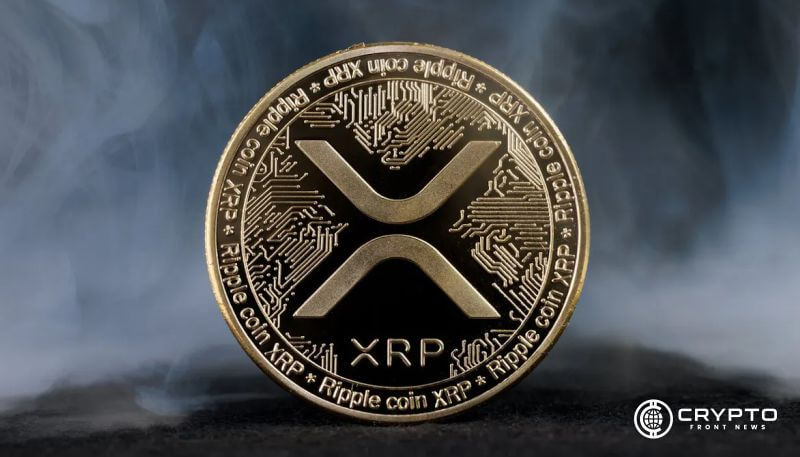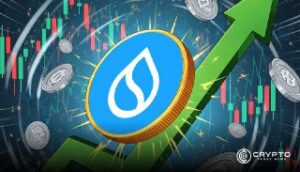- XRP is approaching the $2.33 resistance, which may trigger a price breakout toward $2.60 if bulls maintain pressure.
- A falling wedge breakout in the XRP/BTC pair signals renewed bullish momentum and may confirm the end of the recent pullback.
- Anticipation around a spot XRP ETF approval and Ripple’s U.S. banking license application is strengthening market confidence.
XRP recorded a 1.84% rise in the last 24 hours, bringing the price to $2.26. This places the token within reach of the $2.33 resistance level, a price point closely monitored by traders. The level aligns with the daily 200-period simple moving average and may signal a major price breakout.
On-chain analyst Ali highlighted that a move above $2.33 could drive XRP toward $2.60. The chart pattern forming on the XRP/BTC pair also shows a breakout from a falling wedge. This formation often signals a bullish reversal, indicating the earlier pullback may have concluded. The technical setup suggests XRP could continue to build upward momentum if buyers gain control.
Support Remains Firm Below Resistance
While the $2.33 level remains a challenge, the $2.00 mark is offering strong near-term support. This could limit downside risk in case of a price rejection or temporary pullback. The current price behavior suggests that market participants are positioning for a decisive move, either above resistance or back to the support level.
Market optimism is further boosted by expectations surrounding the approval of a spot XRP exchange-traded fund in the United States. Bloomberg analysts give the probability of approval at 95 percent. Also, Ripple recently sought a national banking license with the Office of the Comptroller of the Currency, which may be its next step in further developing its financial activities in the U.S.
Market Outlook Stays Positive
Analysts suggest that a confirmed breakout could send XRP first to $2.60 and possibly to $3 if momentum continues. Investors are closely watching for volume surges that could validate the move. Meanwhile, broader market trends and regulatory shifts continue to influence sentiment.






